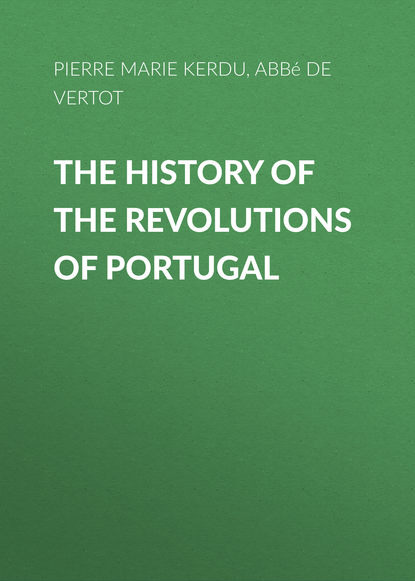По всем вопросам обращайтесь на: info@litportal.ru
(©) 2003-2024.
✖
The History of the Revolutions of Portugal
Настройки чтения
Размер шрифта
Высота строк
Поля
Dumourier’s Etat de Portugal.
38
See Dumourier’s Etat de Portugal.
39
See Dumourier.
40
In justification of so great an act of severity, the minister published a work, entitled, A summary Account of the Conduct and late Actions of the Jesuits in Paraguay; and their Intrigues in the Court of Lisbon.
41
The minister having strictly examined into the state of the manufactories, found wanting more than twenty very necessary ones. Those he afterwards established, of cotton, silk, and glass, occasioned the most violent disputes between the courts of London and Lisbon. See the administration of the marquis de Pombal, vols. 2 and 3.
42
This affair, we well know, has been differently related; but we prefer following the example of the author of L’Etat de Portugal, and giving the same account of this transaction, which was transmitted by Monsieur Favier to the court of France.
43
A house of public entertainment, belonging to the foreign merchants, who that evening gave a ball in honour of the marriage of the prime minister’s daughter.
44
These were the terms employed in the warrant for securing their persons. See administration of the marquis de Pombal.
45
He was condemned as author of two books, the production of a disordered imagination, which he wrote in the royal prison. The first, in Portugueze, was entitled, The Heroic and admirable Life of the glorious St. Anne; and the second, written in Latin, was called, Tractatus de vitâ et imperio Antichristi.
46
The royal edict for the banishment of the Jesuites is dated on the 3d of September, 1759.
47
Those who wish to be more particularly informed of the military operations of this campaign, and the reforms made by the German prince, count de la Lippe, may consult L’Etat du Portugal, by Dumourier.
48
The king having no male issue, the infanta Mary Frances Elizabeth, his eldest daughter, born on the 17th of September, 1734, became, according to the fundamental laws of the kingdom, heir to the crown. Several foreign princes wished to obtain her hand; but the king, desirous of pleasing his people, bestowed her on his brother, don Pedro. See l’art de vérifier les dates.
49
The marquis de Pombal was on the point of going to London, where a house was already prepared for him; but the queen objected to his departure, and promised to protect him against the power of his enemies. On his death she bestowed all his titles and possessions on his son, together with the commanderies given him by Joseph the Ist. We are happy to find he has not proved ungrateful, the marquis de Pombal having attended her majesty to Brazil.
50
It is a known fact, that the Romans, unable to subdue Viriatus, caused him to be basely assassinated in the year 140 before Christ; and that 70 years before the Christian era, Sertorius was killed at table, by Perpenua.
51
Etat du Portugal, p. 216.
52
This slight sketch of the natural history of Brazil, is taken from l’Histoire générale des Voyages, par M. de la Harpe. The letter P. is the abbreviation of Pison, and the Letter M. of Marcgraf; the figures mark the page in the Works of the said authors, entitled as follows: – Guill.Pisonis de Indiæ utriusque re naturali, Amst. Lud. et Dan. Elzev. in fol. 1658: Georg. Marcgravii, Hist. Naturalis Brasiliæ, edit. in fol. Lugd. Batav. et Amst. 1648.
53
This part of the account of the diamonds of Brazil is taken from Nicholson’s translation of Andrado’s Mémoirs, read at the Society of Natural History, in Paris.
54
The richest and finest diamond mines, however, are not the American ones; but are situated in Asia, in the kingdoms of Golconda and Visiapour, on the shore of the Ganges, in Pegu, and in the island of Borneo.
55
According to the above rule, the king of Portugal’s diamond, weighing 11 ounces, 5 gros, 24 carats, would, if perfect be worth 224,500,000l. sterling; but this diamond has many flaws, and is of a yellowish water.
56
See Journal Econ. 8 Oct. 1751.
57
This name is given by the French jewellers to a precious stone of a yellowish green. Mr. Lehman has given a curious and learned dissertation on this stone, inserted in the Mem. of the Acad. of Berlin. See the year 1755, p. 202.
58
See Bayle’s Dictionary.





